Invasive species: honeysuckle
Flown by Dave Osborne, Agriculture & Natural Resource Educator, Purdue Extension – Ripley County
UAV use in wooded areas can identify invasive plant species for removal along as well as track the effectiveness of control measures. Here we locate honeysuckle from fall 2018 to winter/spring 2019. The green in both of the natural, RGB orthomosaic and VARI plant health maps identify the invasive species growth before and after invasive control.
before Control

After Control
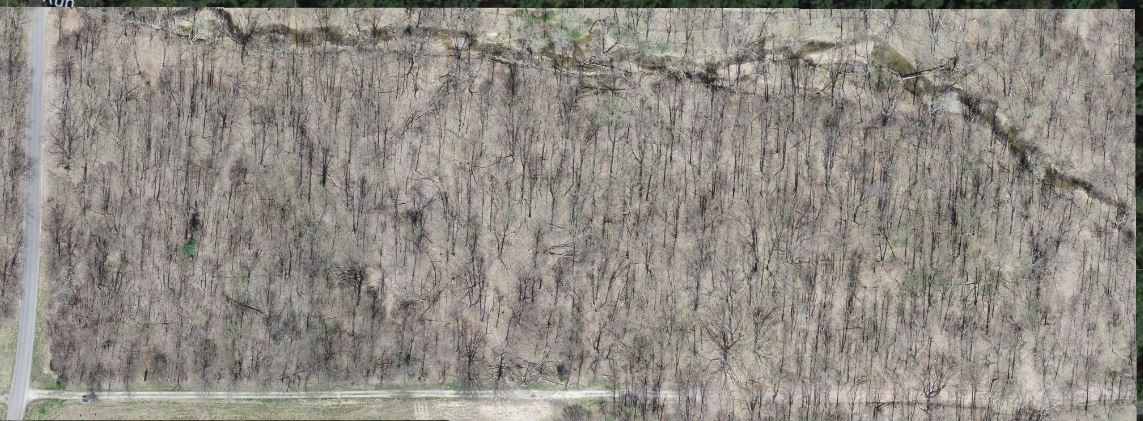
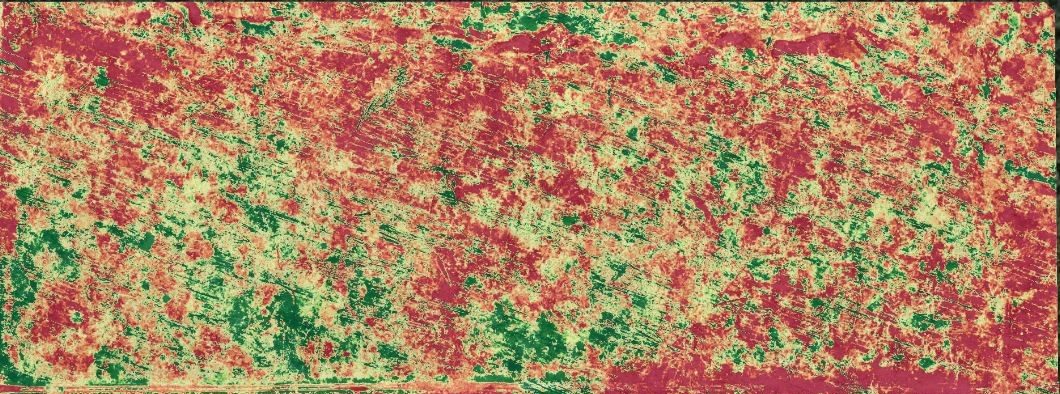
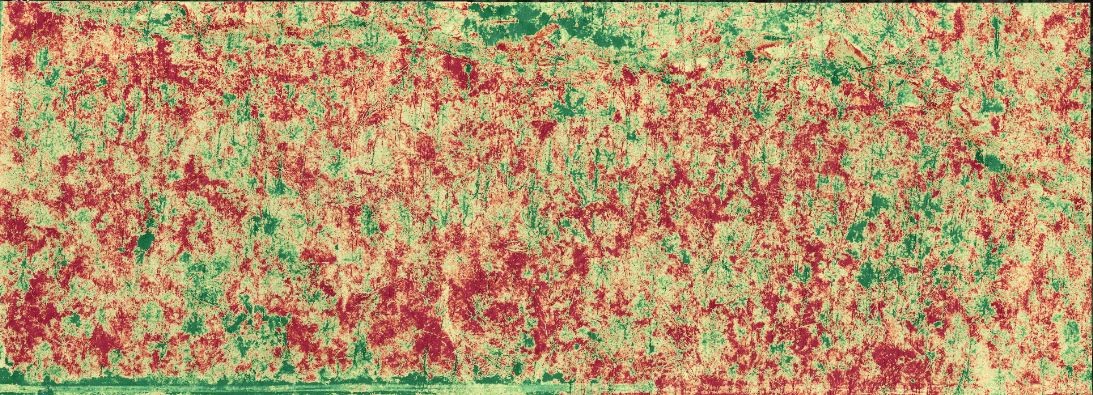
Natural Resources Examples
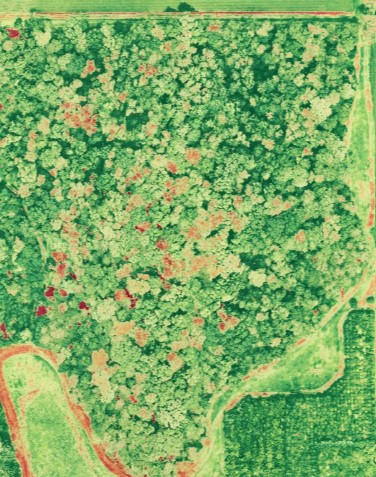
A demonstration trial of methods to control the invasive winged burning bush was conducted in the...
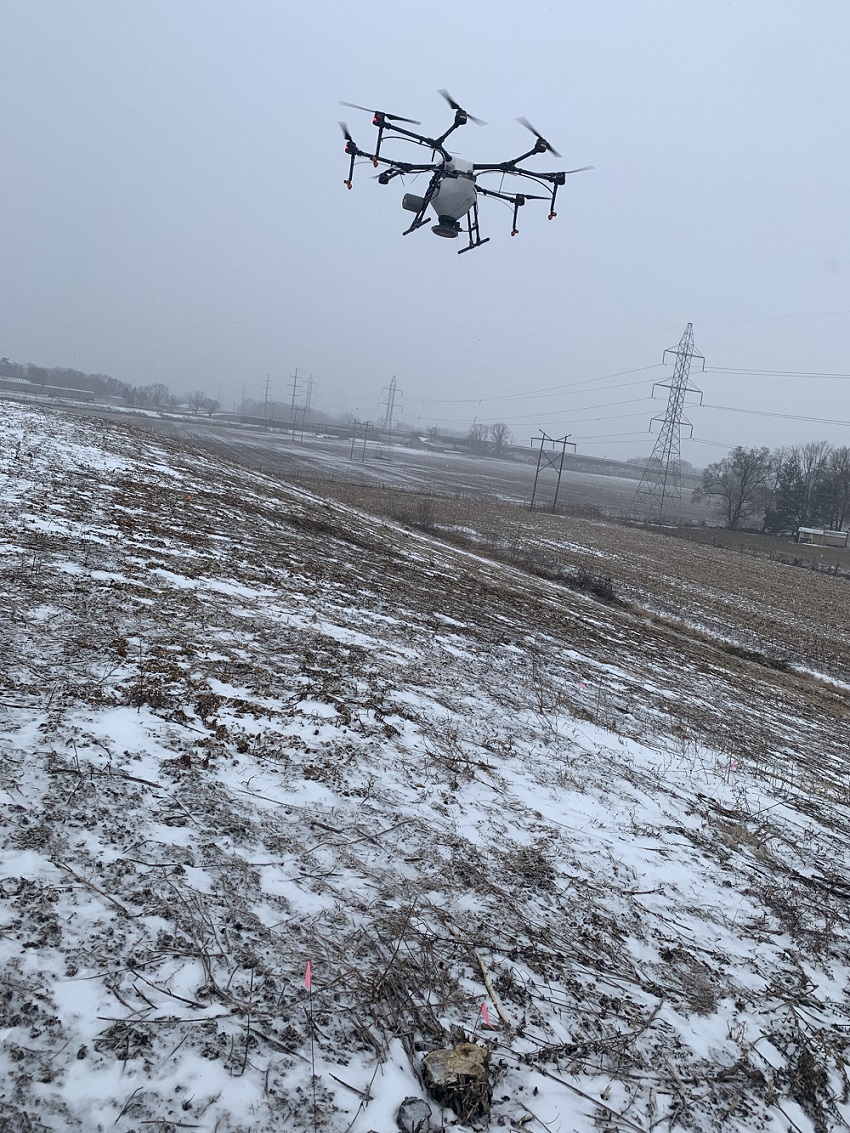
This project was completed at Ivy Tech in Lafayette, Indiana and in collaboration with Ivy Tech...
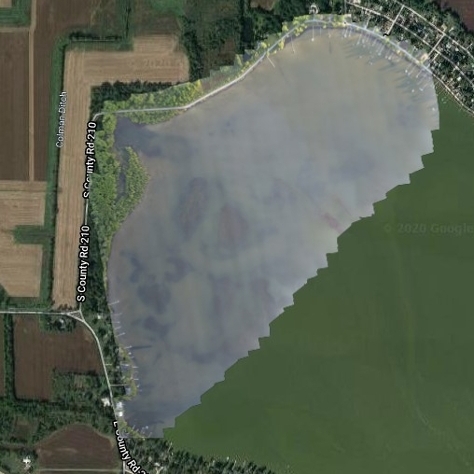
Bass Lake is a 1,345-acre lake in Starke County, Indiana and has problems with invasive Eurasian...
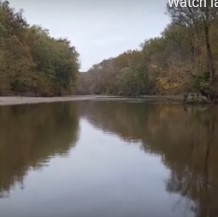
This project was initiated to create a State Parks Virtual Field Trip program, geared for use in...
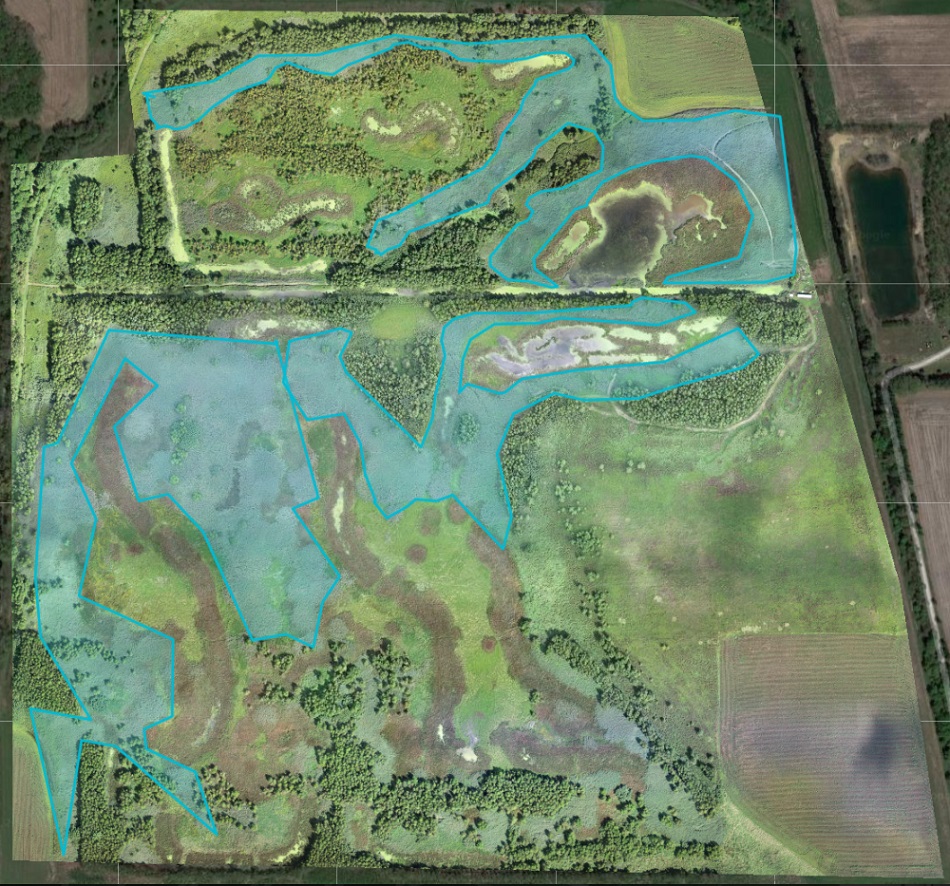
Common reed (Phragmites australis) is an Indiana native, but invasive, weed. It’s...
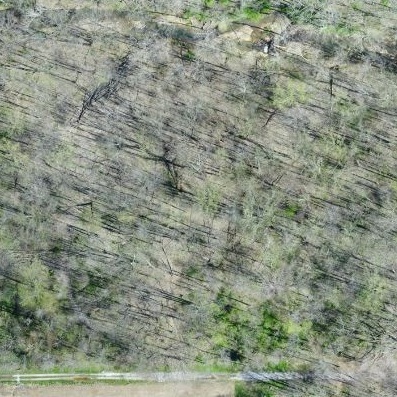
UAV use in wooded areas can identify invasive plant species for removal along as well as track...
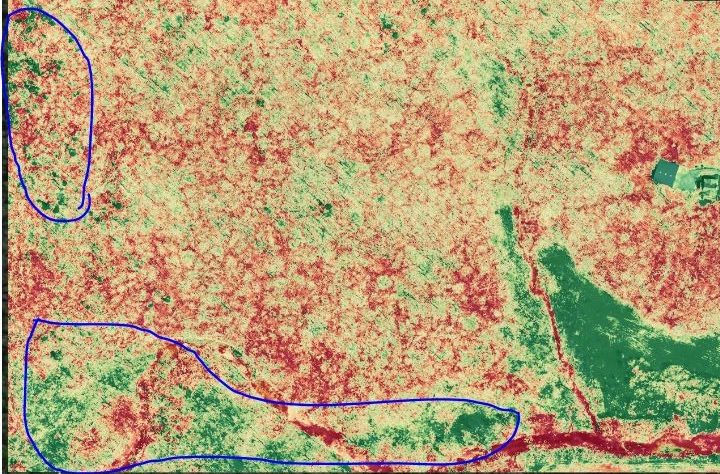
Invasive species control flights provided wood rating for EQIP application in partnership Ripley...
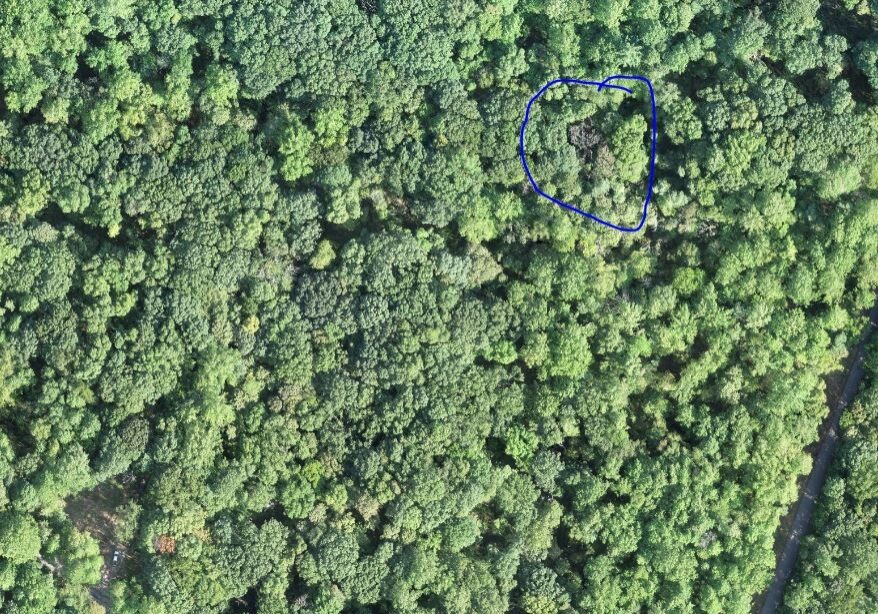
UAVs were used to locate known trees at Southeast Purdue Agricultural Center (SEPAC) affected by...
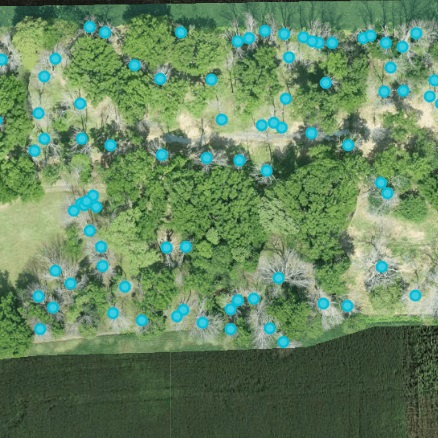
The Emerald Ash Borer killed all dead trees in this orthomosaic image. This woodlot is...
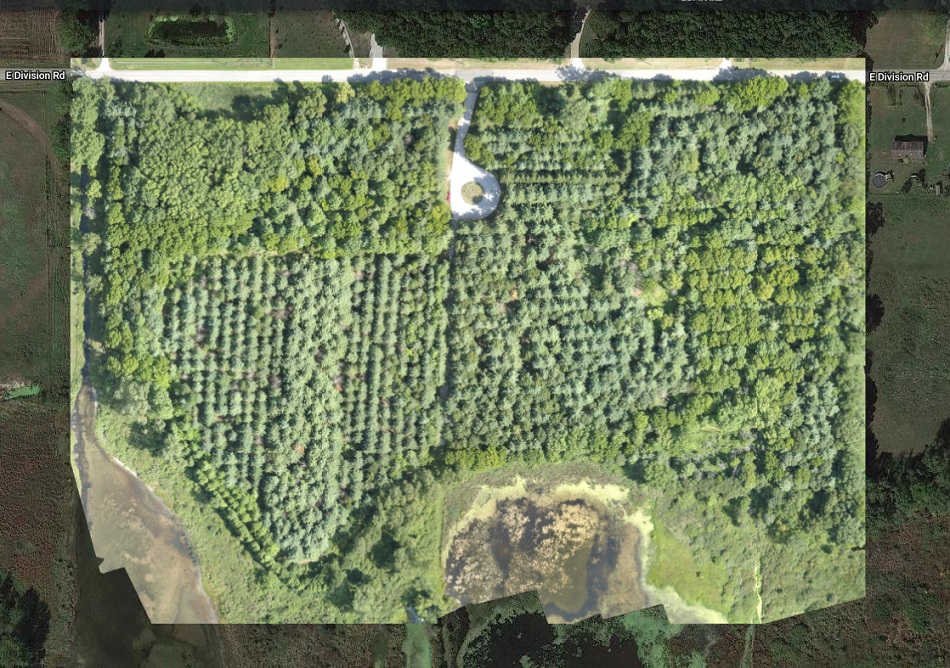
To explore UAV uses in forestry applications, several forests were flown over the course of 2019....
